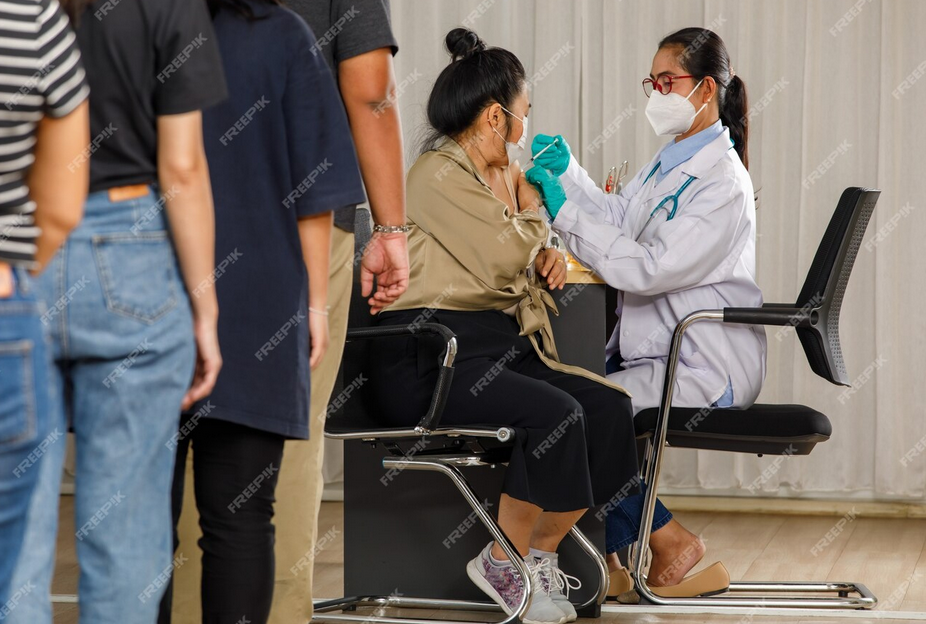Ptosis correction surgery can dramatically improve both vision and appearance. For international patients who travel abroad for this procedure, understanding post-surgical care is essential—not just for recovery, but also for achieving optimal results and avoiding complications.
This guide provides an in-depth look at what international patients should expect and prepare for in the days, weeks, and months after ptosis surgery abroad.
👁️🗨️ Why Post-Surgery Care Matters
While ptosis correction is generally safe and effective, much of the final outcome depends on how well you follow post-operative instructions. Healing involves managing swelling, protecting the incision, and minimizing complications—especially important when you’re away from your regular medical providers.
For international patients, this also means coordinating care before returning home and ensuring appropriate follow-up from afar.
📅 Timeline: What to Expect After Ptosis Surgery
✅ Immediately After Surgery (0–3 Days)
- Mild discomfort, swelling, and bruising are normal.
- The eye may feel tight or itchy as it begins to heal.
- A protective eye pad or shield may be used.
- Antibiotic ointment or lubricating drops are typically prescribed.
Tips for International Patients:
- Stay near the hospital or clinic for at least 3–5 days post-op.
- Arrange for transportation—don’t drive or travel alone.
✅ Early Recovery Phase (Days 4–10)
- Swelling and bruising start to subside.
- Stitches (if non-dissolvable) are usually removed around day 5–7.
- Most patients can resume light activities but should avoid exercise and bending over.
- Vision may be slightly blurry due to ointments or swelling.
Tips for International Patients:
- Avoid booking return flights until day 7–10, especially for long-haul travel.
- Use cold compresses, sleep with your head elevated, and wear sunglasses outdoors.
- Plan for follow-up in-person visit before departure.
✅ Intermediate Recovery (Week 2–4)
- Bruising resolves; minor swelling may persist.
- Eyelid position becomes more stable, but full results aren’t final yet.
- You can typically return to normal routines but still avoid eye makeup and strenuous activity.
Tips:
- If you’ve already returned home, schedule a virtual check-in with your surgeon.
- Monitor for warning signs (listed below) and take clear photos if needed.
✅ Full Recovery (1–3 Months)
- Final eyelid contour and symmetry become visible.
- Numbness or tightness around the eyelid usually fades.
- Any residual swelling should fully resolve.
Tips:
- Continue scar care if recommended (e.g., silicone gel or massage).
- Attend long-term follow-ups virtually or with a local provider if needed.
📋 Essential Post-Surgical Care Tips
🧴 1. Keep the Area Clean
- Gently clean your eyelids with saline or sterile water as instructed.
- Avoid rubbing, tugging, or applying makeup until fully healed.
🧊 2. Control Swelling
- Apply cold compresses (not ice directly) for the first 2–3 days.
- Keep your head elevated while sleeping—use two pillows if needed.
🕶️ 3. Protect Your Eyes
- Wear UV-protective sunglasses outdoors.
- Avoid dusty or smoky environments during early healing.
🧼 4. Follow Medication Instructions
- Use prescribed antibiotic ointments, lubricating drops, and pain relievers exactly as instructed.
- Do not stop medication early, even if symptoms improve.
🧘 5. Avoid High-Risk Activities
- Skip contact sports, swimming, heavy lifting, and sauna/steam rooms for at least 4 weeks.
- Avoid straining, coughing, or bending forward excessively.
⚠️ Warning Signs to Watch For
Seek immediate medical help (locally or via your clinic abroad) if you notice:
- Sudden or worsening vision loss
- Severe or increasing pain
- Redness that spreads or throbbing sensation
- Uncontrolled bleeding or pus discharge
- Uneven or abnormal eyelid position after 2–3 weeks
Tip: Keep emergency contact numbers from your surgeon or clinic before returning home.
📞 Follow-Up and Remote Monitoring
International clinics that specialize in ptosis correction often offer virtual follow-up consultations through:
- Secure video calls or messaging apps
- Email-based photo updates
- Patient portals with medical records access
Be sure to ask:
- How many follow-ups are included post-surgery?
- What’s the best way to send updates or concerns?
- Can you get written reports for your home doctor?
🧳 Before You Travel Back Home: Must-Dos
- Get post-op clearance from your surgeon.
- Collect written aftercare instructions in your language.
- Obtain a list of medications for customs and continued use.
- Request documentation in case you need local follow-up.
- Confirm a virtual follow-up plan and emergency contact information.
🛡️ Optional But Recommended: Medical Travel Insurance
Choose a policy that covers:
- Post-operative complications
- Surgical revisions (if necessary)
- Travel delays due to recovery
- Emergency medical evacuation
🧠 Final Thoughts
Post-surgical care is just as important as the ptosis procedure itself—especially for international patients. By following recovery protocols, attending follow-ups, and planning your return travel carefully, you can ensure a smooth and successful healing process.
Choosing a clinic with strong aftercare support and remote follow-up options can make all the difference between a good result and a great one.




